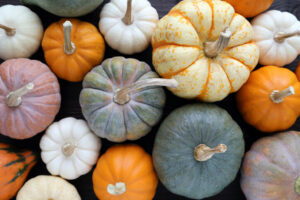
Fall Freezing Guide
Fall Breeze and pumpkin please but not pureed! Did you know there are no research-tested recipes for home-pressure canned …



El inglés es el idioma de control de esta página. En la medida en que haya algún conflicto entre la traducción al inglés y la traducción, el inglés prevalece.
Al hacer clic en el enlace de traducción se activa un servicio de traducción gratuito para convertir la página al español. Al igual que con cualquier traducción por Internet, la conversión no es sensible al contexto y puede que no traduzca el texto en su significado original. NC State Extension no garantiza la exactitud del texto traducido. Por favor, tenga en cuenta que algunas aplicaciones y/o servicios pueden no funcionar como se espera cuando se traducen.
Inglês é o idioma de controle desta página. Na medida que haja algum conflito entre o texto original em Inglês e a tradução, o Inglês prevalece.
Ao clicar no link de tradução, um serviço gratuito de tradução será ativado para converter a página para o Português. Como em qualquer tradução pela internet, a conversão não é sensivel ao contexto e pode não ocorrer a tradução para o significado orginal. O serviço de Extensão da Carolina do Norte (NC State Extension) não garante a exatidão do texto traduzido. Por favor, observe que algumas funções ou serviços podem não funcionar como esperado após a tradução.
English is the controlling language of this page. To the extent there is any conflict between the English text and the translation, English controls.
Clicking on the translation link activates a free translation service to convert the page to Spanish. As with any Internet translation, the conversion is not context-sensitive and may not translate the text to its original meaning. NC State Extension does not guarantee the accuracy of the translated text. Please note that some applications and/or services may not function as expected when translated.
Collapse ▲
Fall Breeze and pumpkin please but not pureed! Did you know there are no research-tested recipes for home-pressure canned …

Are you and your company looking for food safety training for your frontline employees? North Carolina Extension is bringing …
Grilling is a great way to enjoy the summer, especially since it keeps you from heating up the entire …

Apply for the Class of 2024 South Central Small Farm Boot Camp here! Are you interested in farming and want to …
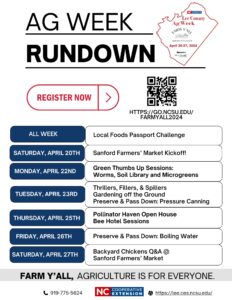
Register to attend one or several of the events for our third annual Ag. Week. Our theme this year is “Farm …

Back again this year by popular demand, join us for our SafePlates for Farmers Markets program! This class is …
With temperatures dropping, we are starting to reach into our pantries more to make our favorite cool weather comfort …
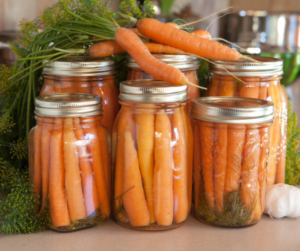
Q & A When is the peak food preservation season? Peak season for home canning runs from Late April to August, …

The McSwain Extension Education and Agriculture Center is available. Lee County Farm Bureau Auditorium Contact us for: Policies and Procedures / Facility …
Food industry employees are critical to the safe production of food. Consumers rely on proper handling …
The per-capita consumption of processed tomatoes has increased steadily in recent years. This has been …
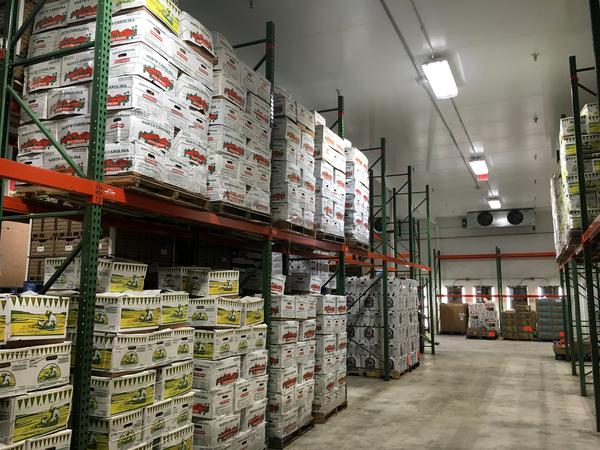
This publication, part of the Farm to Food Bank Resource Guide, discusses food donations given …

Training Videos Developed for Spanish-speaking Employees of NC Seafood Processors North Carolina seafood processors have a …
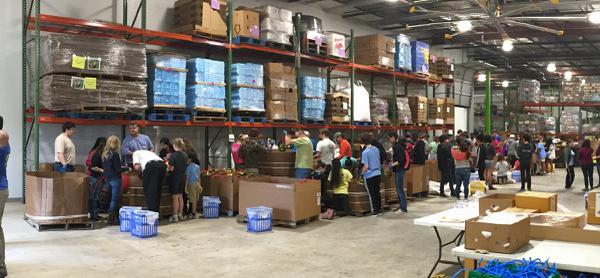
This publication provides information and success stories related to food banks, food pantries, food donation …

This publication provides practical tips on how to promote health eating by incorporating fresh, local …
Gardens bring communities together. Not only are community gardens a good way to get more …

This is chapter 7 of a comprehensive guide to postharvest engineering topics for the proper …